Table Of Contents
- Introduction
- Pipeline Integrity Management and Its Significance
- Pipeline Integrity Management Process
- Components of Pipeline Integrity Management
- Regulatory Requirements
- Objectives of Pipeline Integrity Management
- Benefits of Pipeline Integrity Management
- Challenges and Future Directions
- Conclusion
- Key Takeaways
Introduction
Pipelines are essential for the transportation of oil, gas, and other liquid and gaseous substances over long distances. They are the backbone of the energy industry and play a vital role in meeting the world’s growing energy needs. However, pipelines are subject to various threats that can compromise their integrity and lead to catastrophic consequences.
Pipeline integrity management is a crucial process that ensures the safe and reliable operation of pipelines. It involves a comprehensive approach to identifying, assessing, and managing risks associated with pipeline operations. The pipeline integrity management process includes various activities such as risk assessment, inspection, maintenance, repair, and monitoring.
The importance of pipeline integrity management has been highlighted by several high-profile pipeline accidents. In 2010, the Deepwater Horizon oil spill in the Gulf of Mexico resulted in the release of millions of barrels of oil, causing significant environmental damage and economic losses. The incident was attributed to a failure in the blowout preventer, which was designed to prevent the release of oil and gas from the well.
Similarly, in 2018, a gas pipeline explosion in Massachusetts killed one person, injured several others, and destroyed dozens of homes. The incident was caused by over-pressurization of a pipeline, which led to a rupture. These incidents demonstrate the importance of effective pipeline integrity management to prevent such accidents.
Pipeline Integrity Management and Its Significance
Pipeline integrity, in the context of the pipeline integrity management market, refers to the assessment and maintenance of the condition and safety of pipelines.
This involves Non-destructive Testing (NDT) techniques, methods, and equipment to monitor and address potential pipeline integrity threats.
It also includes data management within the integrity management process, implemented through pipeline integrity management programs.
These programs are particularly crucial for industries like the Oil and Gas Industry, necessitating gas and oil pipeline integrity monitoring to prevent incidents and ensure reliable resource transportation.
Pipeline integrity management is the process of ensuring the safety and reliability of pipelines through non-destructive testing (NDT) and proactive maintenance.
It addresses pipeline integrity testing, monitors for potential threats, and utilizes NDT techniques and equipment.
This approach is crucial for industries like oil and gas, and it also contributes to the growing pipeline integrity management market.
Pipeline integrity management programs are vital for the safety and efficiency of extensive gas pipeline networks.
They involve comprehensive pipeline integrity monitoring to ensure the secure transportation of resources.
- Preventive Maintenance:
Pipeline integrity management employs Non-destructive Testing (NDT) to predict issues before they become critical, reducing costly repairs and downtime.
- Data-Driven Optimization:
It leverages NDT Methods and techniques and data analytics for predictive maintenance and operational efficiency.
- Continuous Improvement:
The integrity management process evolves, learning from NDT data and incidents for ongoing safety and efficiency enhancements.
- Corrosion Management:
Advanced NDT Methods combat corrosion, extending pipeline life.
- Emergency Response Planning:
Robust plans ensure effective incident handling, minimizing impacts with the aid of NDT equipment.
- Remote Sensing and Technology:
NDT equipment, including drones and satellites, provides real-time data for monitoring, which is crucial in managing pipeline integrity threats.
- Asset Management:
Pipelines are viewed as long-term assets within broader asset management strategies, integrating NDT methods for data management and pipeline health assessment.
Pipeline Integrity Management Process
The pipeline integrity management process begins with a risk assessment, which involves identifying and evaluating potential threats to pipeline integrity.
These threats can include natural hazards such as earthquakes, landslides, and floods, as well as human-made threats such as Corrosion, equipment failure, and third-party damage.
Once the risks are identified, the next step is to determine the appropriate inspection and testing methods to detect and mitigate these risks.
Inspection and testing methods can include visual inspections, non-destructive testing, pressure testing, and in-line inspection tools (known as “smart pigs”).
Based on the results of these inspections and tests, the pipeline operator can then determine the appropriate maintenance and repair activities needed to address any issues.
These activities can include cleaning, coating, and replacing damaged or worn components.
Finally, the pipeline operator must continuously monitor the pipeline to ensure that it remains safe and reliable.
This monitoring can include real-time data analysis, remote monitoring, and regular Pipe Inspections.
Components of Pipeline Integrity Management
The components of pipeline integrity management include the following:
- Pipeline Inspection:
Utilizing NDT techniques and equipment to assess pipeline integrity.
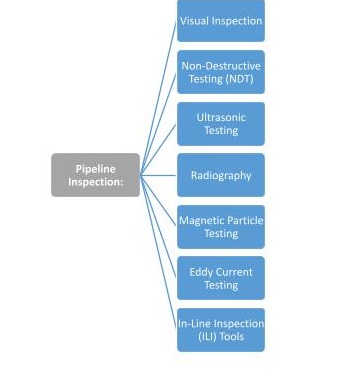
- Data Collection:
Gathering data from sensors, monitoring equipment, and NDT tests.
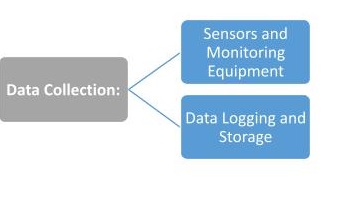
- Data Analysis:
Analyzing collected data, including NDT results, for issues and trends.
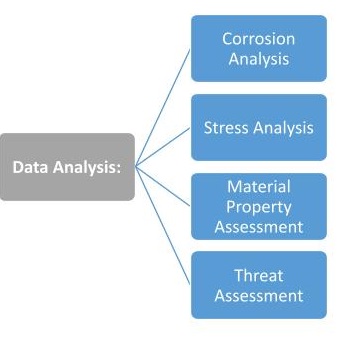
- Risk Assessment:
Identifying and evaluating pipeline integrity threats using NDT data.
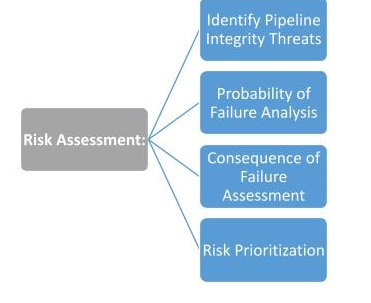
- Maintenance and Repair:
Implementing corrective actions based on NDT findings.
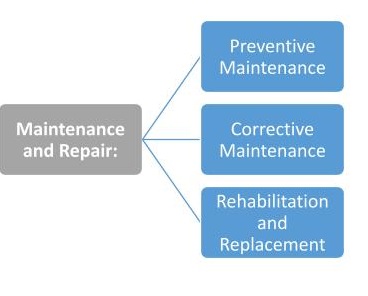
- Regulatory Compliance:
Ensuring adherence to industry standards in NDT testing and integrity management.
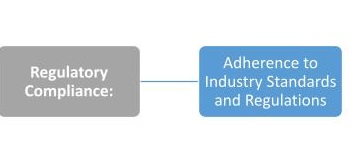
- Emergency Response Planning:
Preparing for quick and effective responses to incidents, guided by NDT data.
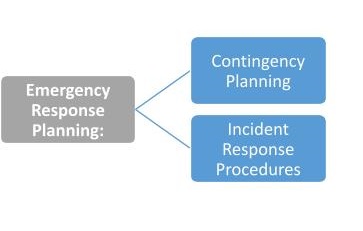
- Integrity Management Programs:
Frameworks for ongoing pipeline integrity management, incorporating NDT techniques.
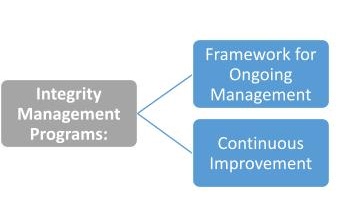
- Data Management:
Integrating NDT data for informed decision-making in the integrity management process.
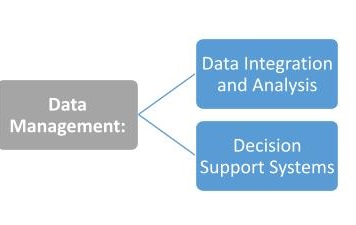
- Documentation and Reporting:
Maintaining records and reporting NDT results to regulatory authorities.
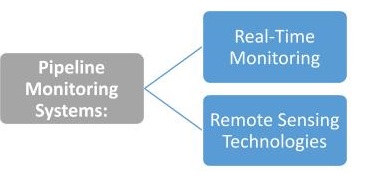
- Pipeline Monitoring Systems:
Real-time and remote NDT monitoring for early issue detection.
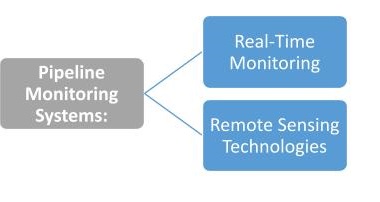
- Training and Personnel Competence:
Certifying staff in NDT methods for effective integrity management.
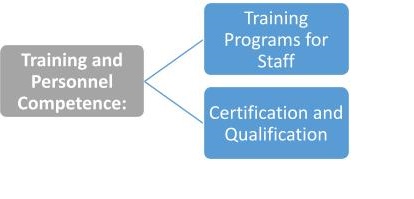
Regulatory Requirements
In many countries, pipeline operators are required to follow regulatory requirements established by government agencies to ensure pipeline integrity.
These requirements can include regular Pipe Inspections, reporting of incidents and accidents, and the development of safety management plans.
For example, in the United States, the Pipeline and Hazardous Materials Safety Administration (PHMSA) is responsible for regulating the safety of pipelines that transport hazardous materials.
PHMSA requires pipeline operators to develop and implement pipeline integrity management programs that include risk assessment, inspection, maintenance, and monitoring activities.
Similarly, in Canada, the National Energy Board (NEB) regulates the safety of pipelines that cross international borders or transport oil, gas, or other hazardous materials.
The NEB requires pipeline operators to implement pipeline integrity management programs that include risk assessments, Pipe Inspections, and maintenance activities.
Objectives of Pipeline Integrity Management
The objectives of pipeline integrity management include the following:
- Pipeline Integrity Management:
Ensuring the continued safe and efficient operation of pipelines.
- Pipeline Maintenance and Integrity Management:
Implementing maintenance practices and integrity assessments to prevent issues.
- Pipeline Integrity Management Market:
Contributing to a growing market for services and technologies that support pipeline integrity.
- Pipeline Integrity:
Preserving the condition and reliability of pipelines.
- Gathering Pipeline Integrity:
Safeguarding the integrity of gathering pipelines, which transport resources to central facilities.
- Gas Pipeline Integrity:
Managing the safety and reliability of gas pipelines.
- Integrity Management Oil and Gas:
Extending integrity management practices to the Oil and Gas Industry.
- What is Pipeline Integrity:
Defining the concept of ensuring safe and efficient pipeline operation.
- Pipeline Integrity Testing:
Conducting assessments and testing to evaluate the condition of pipelines.
Benefits of Pipeline Integrity Management
Effective pipeline integrity management provides several benefits to pipeline operators and the public.
By ensuring the safe and reliable operation of pipelines, pipeline integrity management helps to prevent accidents and reduce the risk of harm to people, property, and the environment.
Pipeline integrity management can also improve the efficiency and reliability of pipeline operations.
By detecting and addressing potential issues before they become major problems, pipeline operators can avoid costly shutdowns and minimize disruptions to the flow of products through their pipelines.
In addition, pipeline integrity management can help to establish trust and confidence in the pipeline industry.
By demonstrating a commitment to safety and environmental protection, pipeline operators can build stronger relationships with regulators, customers, and the public.
Challenges and Future Directions
Despite the benefits of pipeline integrity management, there are several challenges associated with implementing and maintaining effective programs.
These challenges can include limited resources, technological limitations, and regulatory compliance issues.
One of the biggest challenges facing pipeline operators is the aging infrastructure of many pipelines.
As pipelines age, they become more susceptible to Corrosion, cracks, and other forms of damage.
This makes it increasingly difficult to maintain pipeline integrity and prevent accidents.
To address these challenges, pipeline operators are investing in new technologies and strategies to improve pipeline integrity management.
For example, some operators are using drones and other remote sensing technologies to conduct Pipe Inspections and monitor pipelines in real time.
Others are using advanced analytics and machine learning algorithms to analyze data and identify potential issues before they become major problems.
In addition, pipeline operators are working closely with regulators and other stakeholders to develop new standards and best practices to improve pipeline integrity management.
For example, the American Petroleum Institute (API) has developed several standards, including API 1160, which guides the development and implementation of pipeline integrity management programs.
Looking ahead, the future of pipeline integrity management will likely involve increased use of advanced technologies and data analytics to improve risk assessment, Pipe Inspections, and monitoring activities.
There will also be a greater focus on collaboration and information sharing among pipeline operators, regulators, and other stakeholders to improve safety and environmental protection across the pipeline industry.
Read in Detail - Key cyber-security controls for reliable pipeline operation
Conclusion
Pipeline integrity management is a critical process that ensures the safe and reliable operation of pipelines, which are essential for meeting the world’s growing energy needs.
Effective pipeline integrity management involves a comprehensive approach to identifying, assessing, and managing risks associated with pipeline operations.
Pipeline operators must work closely with regulators and other stakeholders to develop and implement effective pipeline integrity management programs that comply with regulatory requirements and industry best practices.
By doing so, they can ensure the safe and reliable operation of pipelines, prevent accidents, and minimize the risk of harm to people, property, and the environment.
Key Takeaways
- Pipeline integrity management is essential for ensuring the safe and reliable operation of pipelines, particularly in industries like oil and gas, where extensive networks are vital for transporting resources.
- It involves a comprehensive approach that includes Non-destructive Testing (NDT), data analysis, risk assessment, and proactive maintenance to address potential threats and prevent incidents.









